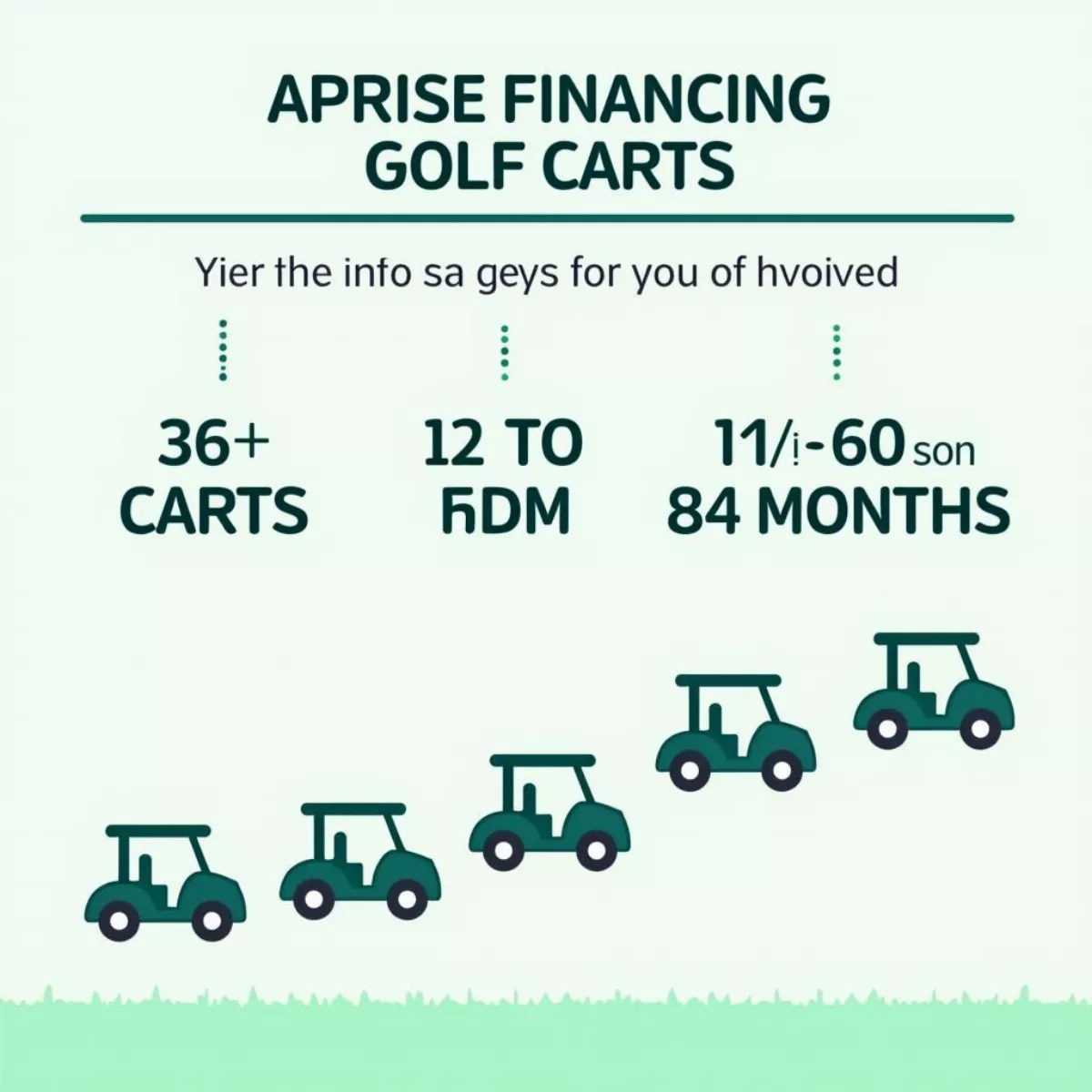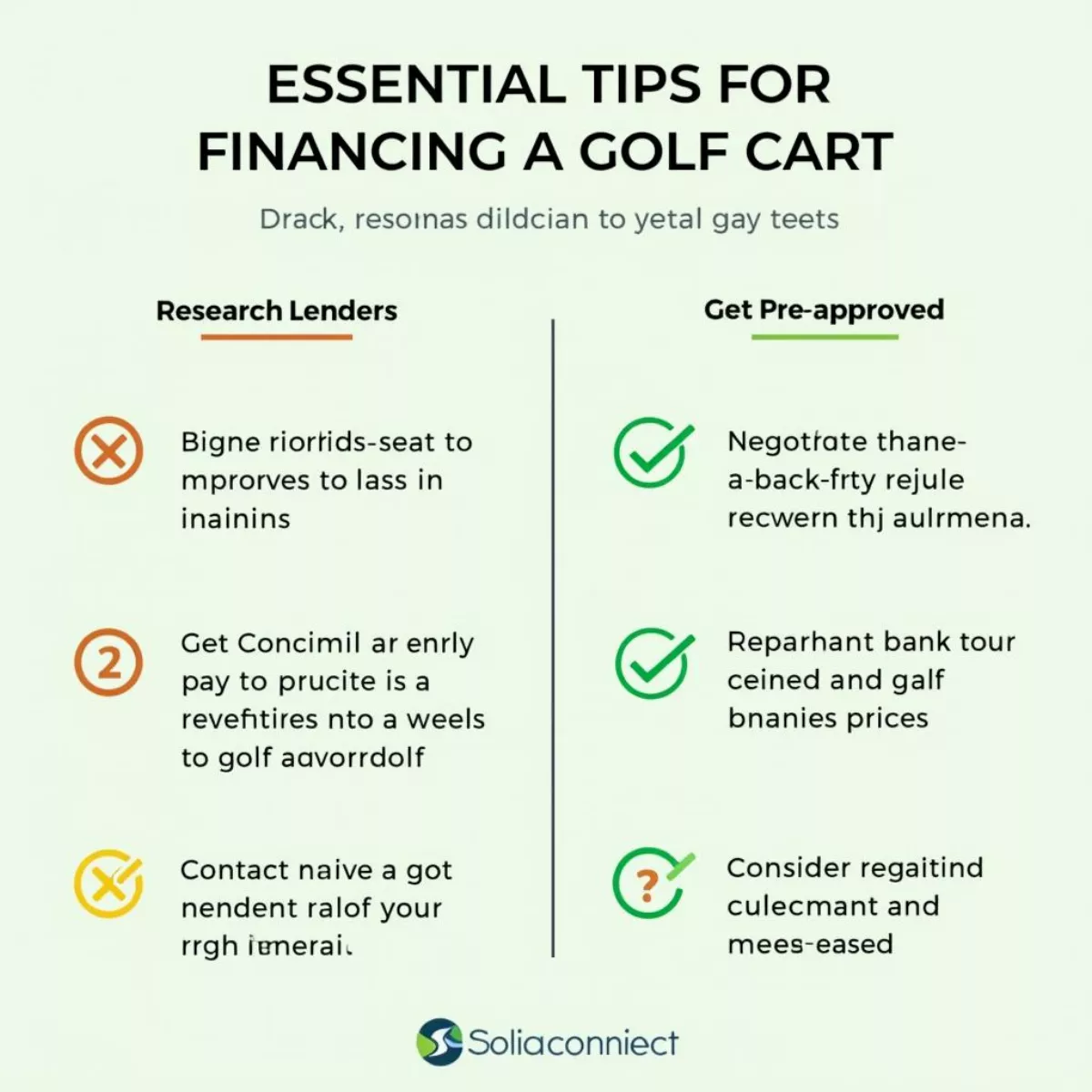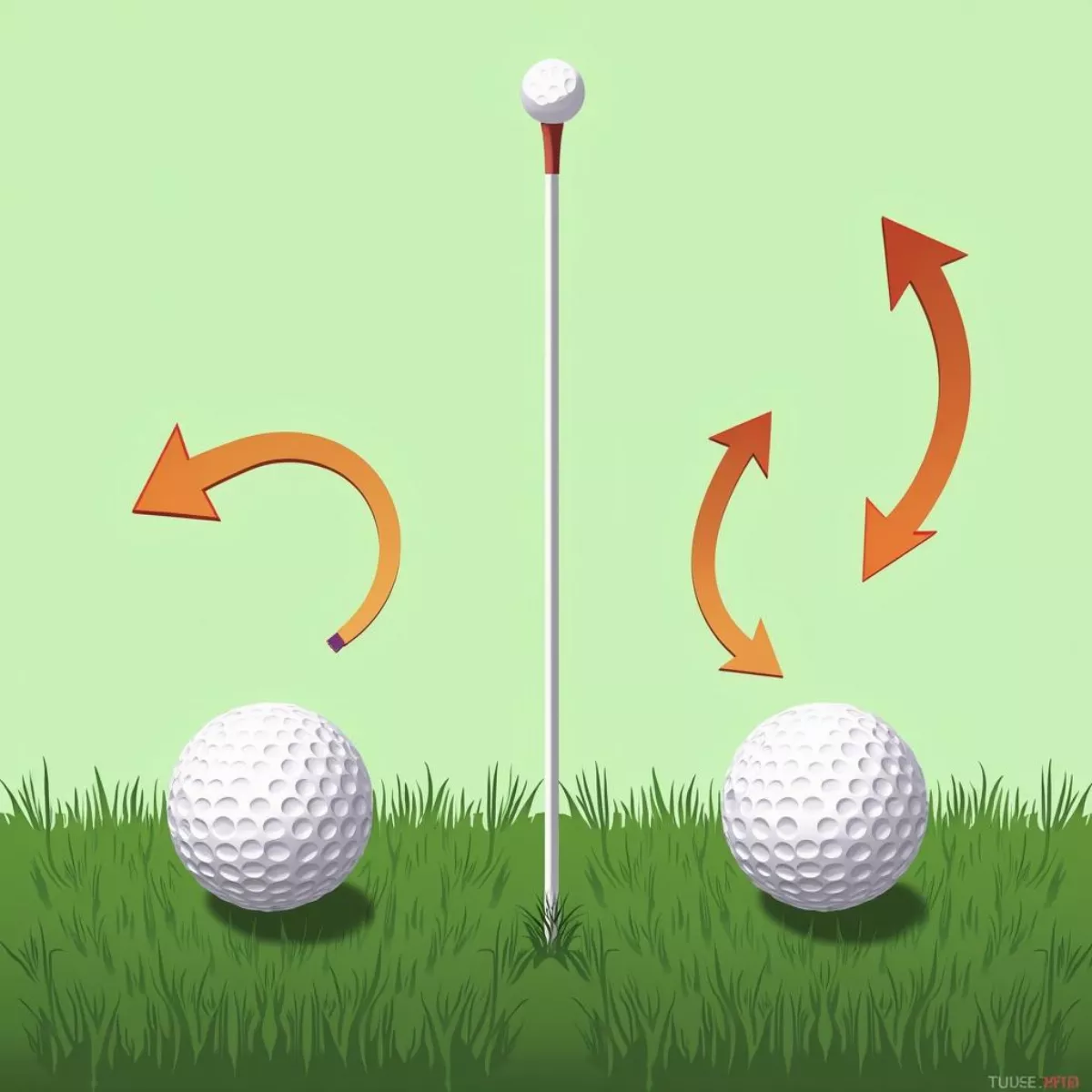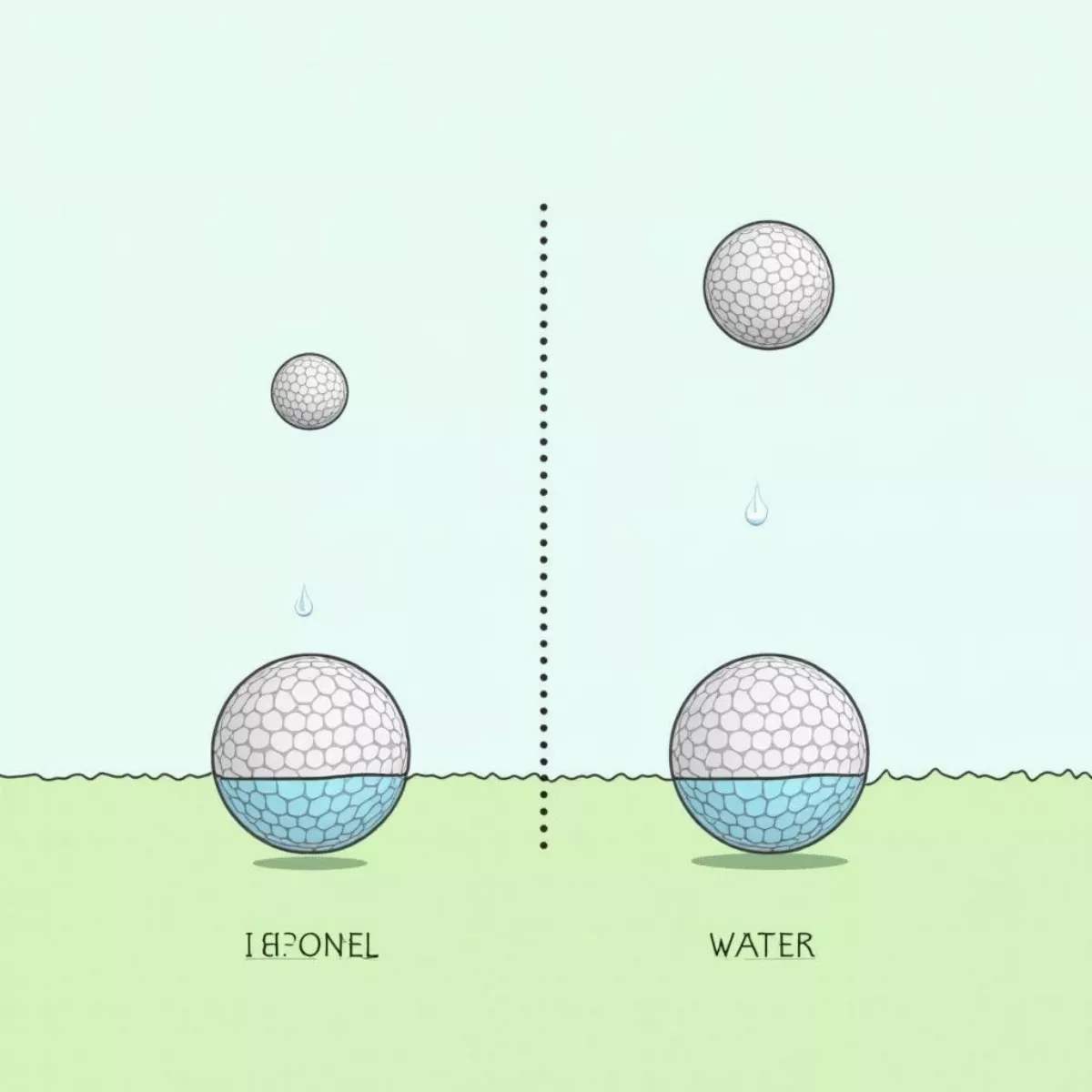Choosing the right putter can make a significant difference in your overall golf performance. Among the choices, heavy putters and light putters stand out, each offering unique benefits and challenges. In this comprehensive guide, we’ll explore the differences between heavy and light putters, their advantages and disadvantages, and how you can choose the putter that best suits your needs.
What Is a Putter?
A putter is a specialized golf club primarily used on the green for, you guessed it, putting! Its design focuses on precision and accuracy over distance. Putters come in various weights, materials, and shapes, allowing golfers to find the perfect fit for their style.
Heavy Putter: An Overview
Heavy putters are generally those that weigh more than 350 grams. Many players believe that increased weight can enhance stability and control during the putting stroke.
Benefits of Heavy Putters
- Enhanced Stability: The extra weight helps stabilize the putting stroke, limiting unwanted movements.
- Greater Control: A heavy putter can provide better control over the ball’s distance, especially on longer putts.
- Increased Momentum: The mass can help maintain speed through impact, resulting in a smoother stroke.
Drawbacks of Heavy Putters
- Fatigue Factor: Prolonged use of a heavy putter may lead to fatigue, especially for those with less upper body strength.
- Difficulty in Touch: Some golfers may find that heavy putters reduce their feel for finesse shots.
- Adaptation Time: Switching to a heavy putter can require a transitional period, which could affect short-term performance.
Light Putter: An Overview
A light putter typically weighs between 320 and 350 grams. This variety allows for more agility but may affect stability.
Benefits of Light Putters
- Increased Feel: Lighter putters often provide a better feel for the ball, which can help with touch on delicate putts.
- Ease of Use: Players may find that lighter putters are easier to handle during long rounds, as they cause less fatigue.
- Faster Adjustments: Switching between different stroke styles is often easier with a light putter.
Drawbacks of Light Putters
- Reduced Stability: Lighter putters may lead to a less stable stroke, which can affect accuracy and consistency.
- Less Distance Control: They might require more finesse to control the distance, especially on longer putts.
- Potential for Over-Hitting: A lighter putter can sometimes result in players over-hitting the ball.
 Different Golf Putter Types
Different Golf Putter Types
The Science Behind Weight and Performance
How Putter Weight Affects Putting
The weight of a putter affects several dynamics:
- Swing Dynamics: Heavier putters affect the swing tempo and stability. Meanwhile, lighter putters might promote a faster tempo.
- Contact Point: A heavier putter flows through the ball differently, while a lighter putter might require more accurate contact.
- Mechanics: Different weights can lead to varying putting mechanics, influencing the overall path and impact with the ball.
Table of Putter Weight Effects
| Feature | Heavy Putter | Light Putter |
|---|---|---|
| Stability | High | Moderate |
| Distance Control | High | Moderate |
| Feel | Lower | High |
| Impact on Fatigue | Higher risk | Lower risk |
| Adaptation Period | Longer | Shorter |
Which Putter Is Right for You?
Choosing between a heavy putter and a light putter involves assessing your unique playing style, physical attributes, and personal preferences.
Factors to Consider:
- Physical Strength: Do you have strong upper body strength? If so, you might favor a heavy putter.
- Putting Style: Are you a more aggressive putter or do you prefer delicate touch? This could influence your weight preference.
- Feel vs. Control: If you prioritize feel on the greens, a light putter may be your best bet. If control is your main concern, then consider a heavy putter.
 Golfer Putting on the Green
Golfer Putting on the Green
Testing Your Options
To find the right putter for you, consider the following:
- Try Both Options: Spend time testing both heavy and light putters on the green.
- Consult a Professional: Seek advice from your local golf pro or club fitter who can analyze your putting stroke.
- Use Technology: Many golf shops have devices that analyze your stroke and ball performance, helping to pinpoint the best option.
Tips for Transitioning Between Putter Weights
If you decide to switch between a heavy and light putter, consider these tips:
- Gradual Adjustment: Slowly integrate practice sessions with the new putter while still using your old one.
- Concentrate on Technique: Focus more on your putting mechanics and fundamentals during the transition.
- Practice with Purpose: Set specific drills and targets during practice sessions to build confidence.
Key Takeaways
- Putter Weight Matters: Choosing between heavy and light putters affects stability, control, and feel.
- Understand Your Game: Your physical strength and putting style should dictate your putter choice.
- Experiment and Adjust: Test different weights and seek professional guidance to find the best fit for your game.
FAQ Section
1. What is the average weight of putters?
Most putters range from 320 to 350 grams, but heavier options can exceed 350 grams.
2. Can a beginner benefit from a heavy putter?
Yes, a heavy putter can provide greater stability, which might help beginners develop a consistent putting stroke.
3. Why is putter weight important in golf?
The weight of a putter impacts stability, feel, and overall performance, making it crucial for successful putting.
 Close-up of Golf Ball and Putter
Close-up of Golf Ball and Putter
4. How can I determine if a heavy putter suits my style?
Try out different weights at a golf store, practice on the greens, and consult with a professional to find the best fit.
5. Are there specific brands known for heavy/light putters?
Brands like Odyssey and TaylorMade offer a range of both heavy and light putter options to suit different player needs.
6. Can I adjust the weight of my putter?
Some putters come with adjustable weights, allowing you to customize the feel and performance to your liking.
7. Is it necessary to switch putters throughout a season?
Not necessarily, but depending on your game, you might benefit from trying different putters as your skills improve or conditions change.
8. What should I do if I experience fatigue when using a heavy putter?
Consider integrating lighter putters or practicing with your heavy putter to build stamina over time.
Conclusion
Whether you’re leaning towards a heavy putter for its stability and control or a light putter for its feel, understanding the differences is the key to improving your game. Experimentation and practice will ultimately reveal which putter style enhances your performance on the greens. Happy putting!

 Friends playing mini golf
Friends playing mini golf Family celebrating mini golf victory
Family celebrating mini golf victory
 Golf Cart Financing Tips Checklist
Golf Cart Financing Tips Checklist
 Pinnacle Course's Signature 15th Hole
Pinnacle Course's Signature 15th Hole Monument Course's Signature 3rd Hole
Monument Course's Signature 3rd Hole
 Golfer using Ping Heppler Anser 2 putter
Golfer using Ping Heppler Anser 2 putter Different Ping Heppler Anser 2 putter configurations
Different Ping Heppler Anser 2 putter configurations
 Golf ball lie and wind influence
Golf ball lie and wind influence Golfer contemplating club choice
Golfer contemplating club choice Happy golfer enjoying the game
Happy golfer enjoying the game
 Golf Ball Bounce Test
Golf Ball Bounce Test Golf Ball Storage Tips
Golf Ball Storage Tips
 On Cloud Golf Shoes on Course
On Cloud Golf Shoes on Course On Cloud Golf Shoes Close Up
On Cloud Golf Shoes Close Up